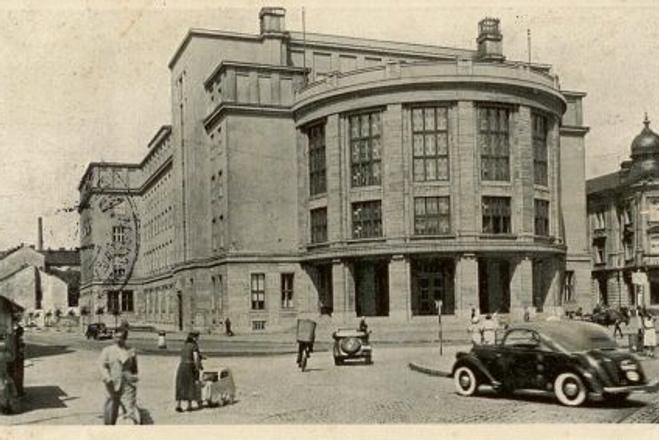THE FOUNDING of Czechoslovakia in 1918 caught the young republic – especially the Slovak half – unprepared in many ways. For example, college education in Slovakia had to be built up from scratch. The first Slovak university was founded in 1919 in Bratislava, bearing the name of Ján Amos Komenský.
Located at the site of a former Hungarian university, this new university was home to four schools: law, medicine, natural sciences and philosophy. With Slovakia’s acute lack of intelligentsia, the establishment of these faculties was necessary. For example, the law school had to educate new students in all branches of state administration to replace the old clerical workers, while the philosophy faculty had to build a foundation for academia within Slovak culture.
The university got off to a rough start. It lacked sufficient space and equipment and had to rely on feeble state subsidies. In addition, it had to push the official state doctrine of so-called Czechoslovakism, which presented the new republic to the outside world as a strong bond of Czechs and Slovaks, but which caused big problems, specifically in education. The efforts of Czech scientists and lecturers in this endeavour must be praised, however, especially the faculty of the Charles University in Prague.
The building itself was constructed on the site of demolished housing blocks, a tax office and a pub. Ján Pálffy was the original owner of this plot of land, but it was confiscated in 1918. This postcard dates back to the late 1930s.


